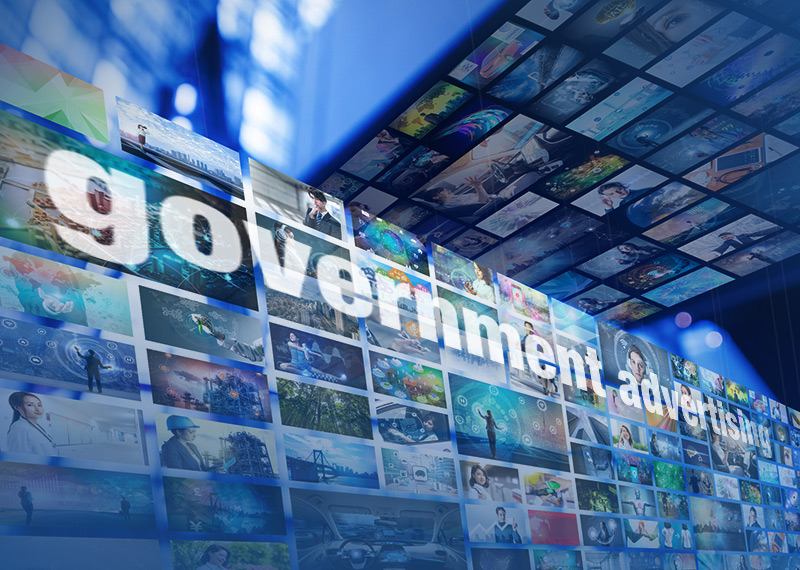Government advertising has skyrocketed to an all-time high of $685 million. With the looming election campaign, which promises to be the biggest political spend in Australian history, and a gigantic war chest for pork-barrelling, is it any wonder the corporate media barracks for the Coalition? Callum Foote and Michael West investigate.
Just how compromised are Australia’s largest media companies by government advertising? It’s no secret, even for less sophisticated observers of the mainstream media – we prefer the term “corporate media” – that the big three, Rupert Murdoch’s News Corporation, Nine Entertainment and Kerry Stokes’ Seven Network gush government talking points and tread lightly in their criticism?
It is little wonder. Since the pandemic, the federal government has leapfrogged even the ubiquitous Harvey Norman as the biggest advertiser in the country. Harvey Norman tripled its ad spend during the pandemic to around $200m. But the federal government put Go Harvey Go in the shade with its $685m.
Of course a lot of it is bona fide: government job ads, departmental recruitment and assorted public notices, cybercrime warnings, Covid pandemic advisories.
But a good deal of it is public relations fluff and advertisements designed to keep the Coalition in power. Ads are regularly deployed to spruik the government’s economic credentials, with Liberal and National Party ads masquerading as government ads.
At least one ad clearly promotes the green credentials of a government known worldwide for its lack of green credentials.
And there’s Queensland backbencher George Christensen’s blatant misuse of his advertising budget.
Taxpayers have been paying more than $10,000 a month for Christensen’s “e-material” in the same period that he racked up an $85,000 Facebook advertising bill for issues including vaccine discrimination, and a conspiracy theory about the “unelected global elite”.
Over the past decade the amount spent on advertising-related services has grown to a staggering $3.7 billion.
The biggest winner has been, by far and away, Universal McCann. McCann is an American company which is a member of Interpublic Group, operating under the IPG Mediabrands branch. Over the past decade, McCann has received just under $1.4 billion.
In 2021 alone, McCann was awarded $470 million awarded through contracts given primarily by Tourism Australia, the Department of Health and the Department of Defence. Many of these contracts extend out till 2024.
The biggest spender has been Tourism Australia, which gave Universal McCann, trading as Mediabrands Australia, a $186 million contract for “global media services”.
Tourism Australia hasn’t revealed information regarding where or how this money was spent.
The Department of Health comes in second, giving two COVID-19 related advertising buys worth $73 million to McCann. This is from a total of approximately $110 million in advertising spending.
Third is the Department of Defence which spent $68 million on advertising, $50 million of which went to McCann.
McCann, its parent company or any subsidiaries do not appear in the Australian Tax Office’s latest Corporate Tax Transparency database for 2019-20 despite receiving $152 million in government contracts.
Contracts classified as ‘Editorial and Design and Graphic and Fine Art Services’ have experienced a sharp uptick in 2021 compared with previous years, being $289 million higher than the previous peak in 2017.


